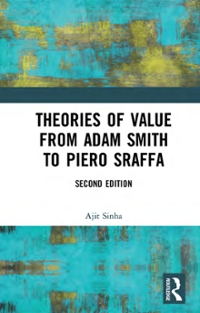Help me plz.....
QUESTION 1 It is common knowledge between Countries 1 and 2 that Country 1 plans to attack Country 2. The attack can occur at one of two locations, C and D. The success or failure of the attack depends on three factors: where Country I's troops are amassed prior to the attack (near C or near D), where the attack occurs, and which location is defended. Let x denote the fraction of Country 1's troops amassed near C, and (1 -x) the fraction of Country I's troops amassed near D (0 x 0, where subscripts 1, 2, 3,4, B, and D refer to eggs, coffee, hot dogs, beer, breakfast, and dinner, respectively. As usual, p; is the price of one unit of commodity i, r, is the quantity consumed of commodity i, and wg and wp is the amount of money in his breakfast or dinner pot, respectively. His utility function is given by with e, c, h, b, a > 0. aa) Given wa and wp, derive step-by-step Roger's Walrasian demand functions for eggs, coffee, hot dogs, and beer. Verify also second-order conditions. ab) While watching Fox News, Roger heard about the government shifting money earmarked for fighting drugs to the construction of the border wall. He sud- denly thought whether it would be better for him to move one dollar from his breakfast pot to the dinner pot. Find a condition on the primitives (i.e., pa- rameters e, c, h, b, a, prices p1, p2, pa pa, and budgets ws and wp) under which moving a dollar from his breakfast pot and putting it in the dinner pot is better for him. ac) Suppose that the primitives are such that it is better for Roger to move a dollar from his breakfast pot to his dinner pot. Suppose further that both etc 2 1 and h + b 2 1. Would it be better for Roger to skip breakfast altogether and just spend all the money on dinner? b) Verify for the case of Cobb-Douglas utility functions on R? that the Slutsky sub- stitution matrix is negative semidefinite and symmetric.Question 3 In this question you will argue that the set of competitive equilibrium prices of a com- petitive economy has essentially no structure other than closedness. Consider a two-commodity world, let prices be normalized to the sphere S = {p ( R4 + l llpll = 1), fix & > 0, and denote Se = {p ES | p, > E and p2 > {}. Fix an arbitrary set E C S, and suppose that it is closed. Define the function Z : S - R? as follows: (i) for commodity 1, Zi(p) = min {llp - pll : p e E); (1) (ii) and for commodity 2, Zz(p) = -"i Zi(p). (2) P2 With this construction: (a) Argue that Z is defined for all pe S. (b) Argue that Z is continuous and satisfies Walras's law.! (c) Argue that there exists an exchange economy , (u', when) where each u' : R. - R is continuous, locally non-satiated and quasi-concave and such that for all p E Se, [ilx'(p) - w'] = Z(p), where x'(p) = argmax, {u'(x) : p . x









